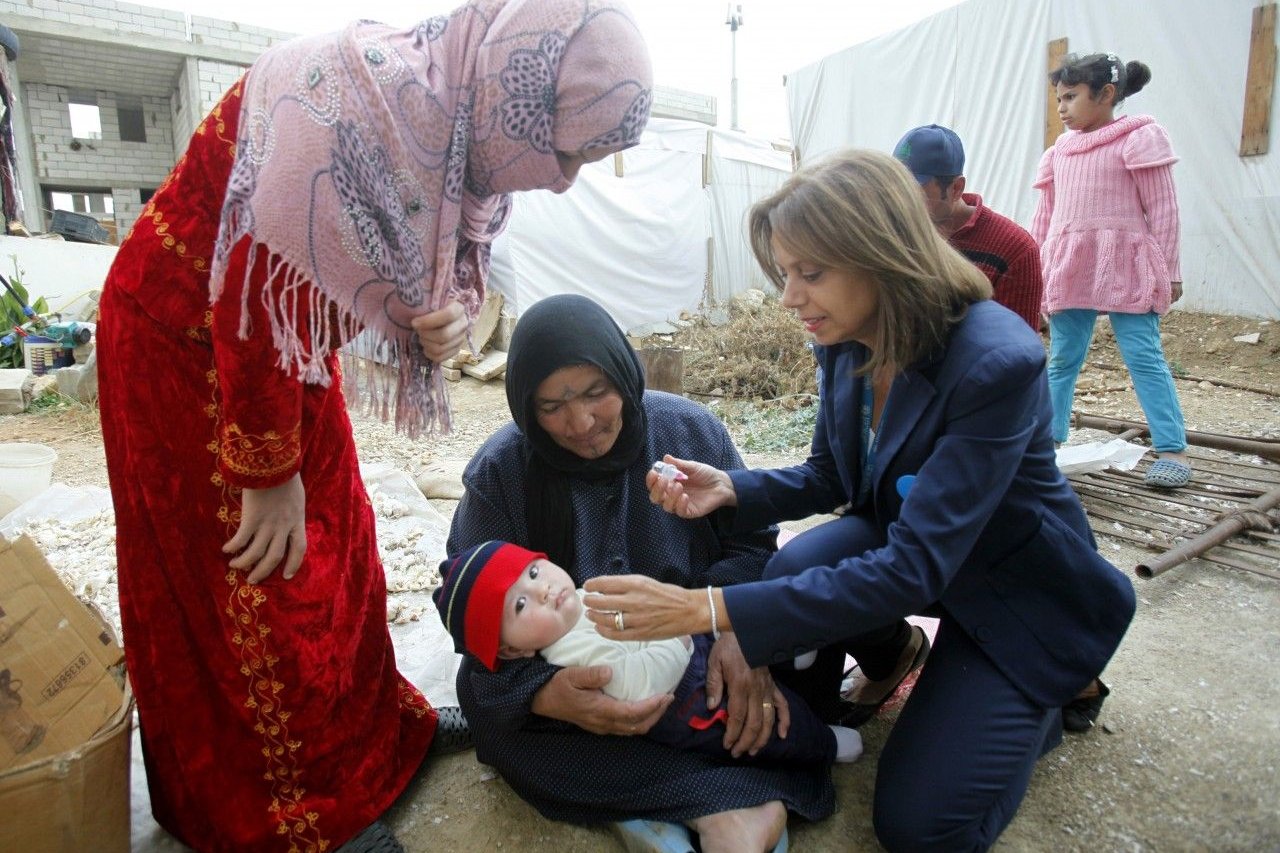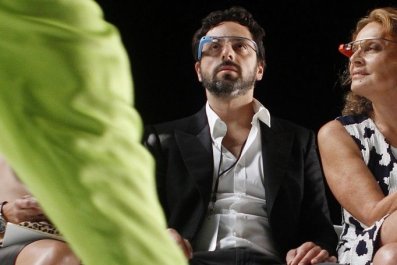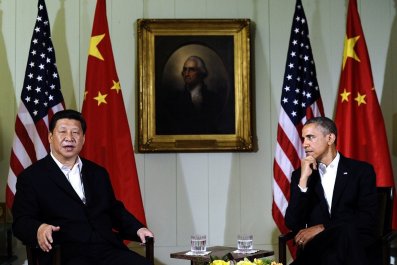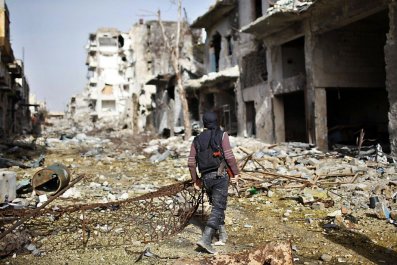A recent polio outbreak in Syria, coupled with reports of polio virus found in Israeli sewers, is causing anxiety in Europe. As Syrians flee the chaos of civil war and seek refuge on the continent, German scientists warn that an epidemic could occur.
Not all of Europe is at risk; a few countries have been singled out as potential polio hotbeds. According to the new report published in The Lancet, Austria, Bosnia, Herzegovina, and the Ukraine all have insufficient "community immunity" from polio, and should be on high alert.
Since June, the World Health Organization (WHO) has been warning of increasing cases of communicable diseases inside Syria as well as among displaced Syrians. For example, measles had all but been eradicated in Syria; nationally, a full 95 percent of the country's population was vaccinated in 2010. But in only three years, that number has dropped to an estimated 45 percent, and after years of remission, measles is making a comeback: During the first quarter of this year, 139 new cases of measles were reported in that country.
In late October, WHO confirmed 10 new cases of polio in the city of Deir al-Zor, home to 212,000 people on the banks of the Euphrates River - the first polio outbreak in Syria in 14 years. Worse, health officials identified the cause of the outbreak as the wild poliovirus type 1, a highly infectious strain that causes paralytic polio.
The Lancet study highlights one reason polio is so dangerous. It's an insidious disease, spreading quickly but often silently: Only one in every 200 infections shows any recognizable symptoms. In other words, hundreds of Europeans could be silent carriers of the virus. In fact, scientists say polio could be circulating in Europe for nearly a year before an outbreak is detected.
That's troubling news for Europe, which has been officially polio-free since 2011. Compounding those worries is the fact that in February WHO reported wild poliovirus type 1 had spread to Israel. Soon after, Israeli authorities detected the virus in West Bank and Gaza Strip sewage systems. In August, Israel began a vaccination program for children under the age of 9, and no cases of paralytic polio have been reported there.
But health officials know the virus has been circulating within the country for some time and many people could be asymptomatic carriers. For these reasons, as well as the fact that Israel is in the unique position of having frequent contact with both affected (i.e., Syria) and unaffected (i.e., European) countries, the WHO is calling the risk of international spread from Israel "high."
In their Lancet article, Professor Martin Eichner, of the University of Tübingen, and Stefan Brockmann, of Reutlingen Regional Public Health Office, explain that most European countries use an inactivated polio vaccine that provides only partial protection. Until now, this inoculation strategy has been successful in Europe, but, with so many refugees fleeing Syria, the virus could be reintroduced into areas that have been polio-free for decades.
"Vaccinating only Syrian refugees - as has been recommended by the European Centre for Disease Prevention and Control - must be judged as insufficient," the authors say. Eichner and Brockmann suggest Europe begin routine screening of sewage for poliovirus in settlements with large numbers of Syrian refugees.
As of November 6, public health officials have reported 328 cases of polio worldwide, compared with 181 cases confirmed at this date last year. Just 25 years ago, the disease was endemic in 125 countries and nearly 350,000 people, mainly children under the age of 5, were paralyzed each year due to polio. In 1988, the World Health Assembly, the decision-making body of WHO, established the goal of eradicating polio and since then, the number of polio cases dropped more than 99 percent, while the number of endemic countries dwindled to just three -- Afghanistan, Nigeria and Pakistan. When India was declared polio-free in 2012, many believed the end of polio was near. Its recent emergence in non-endemic countries suggests the hard work accomplished over a period of decades is in jeopardy, but not everyone is ringing alarm bells. "The Global Polio Eradication Initiative has dealt with countless outbreaks since [its] launching in 1988," Dr. Walter Orenstein, associate director of the Emory Vaccine Center, Emory University, said in a letter to the Bill & Melinda Gates Foundation. "As a result, the program is wiser and better equipped than ever to handle them, even under complicated and dangerous circumstances like those in Syria. Strategies...are already being implemented in Syria and will be aggressively pursued until the outbreak is stopped."
Dr. Michael Parry, Thomas J. Bradsell Chair of Infectious Diseases, Stamford Hospital, told Newsweek he believes that the dissemination of the virus through municipal water supplies would not become an issue, "person to person, water features (e.g., swimming pools and water parks) and even food-borne transmission certainly could occur." He suggests following Centers for Disease Control and Prevention recommended immunization schedules, and says world travelers should consider getting a polio booster.
























